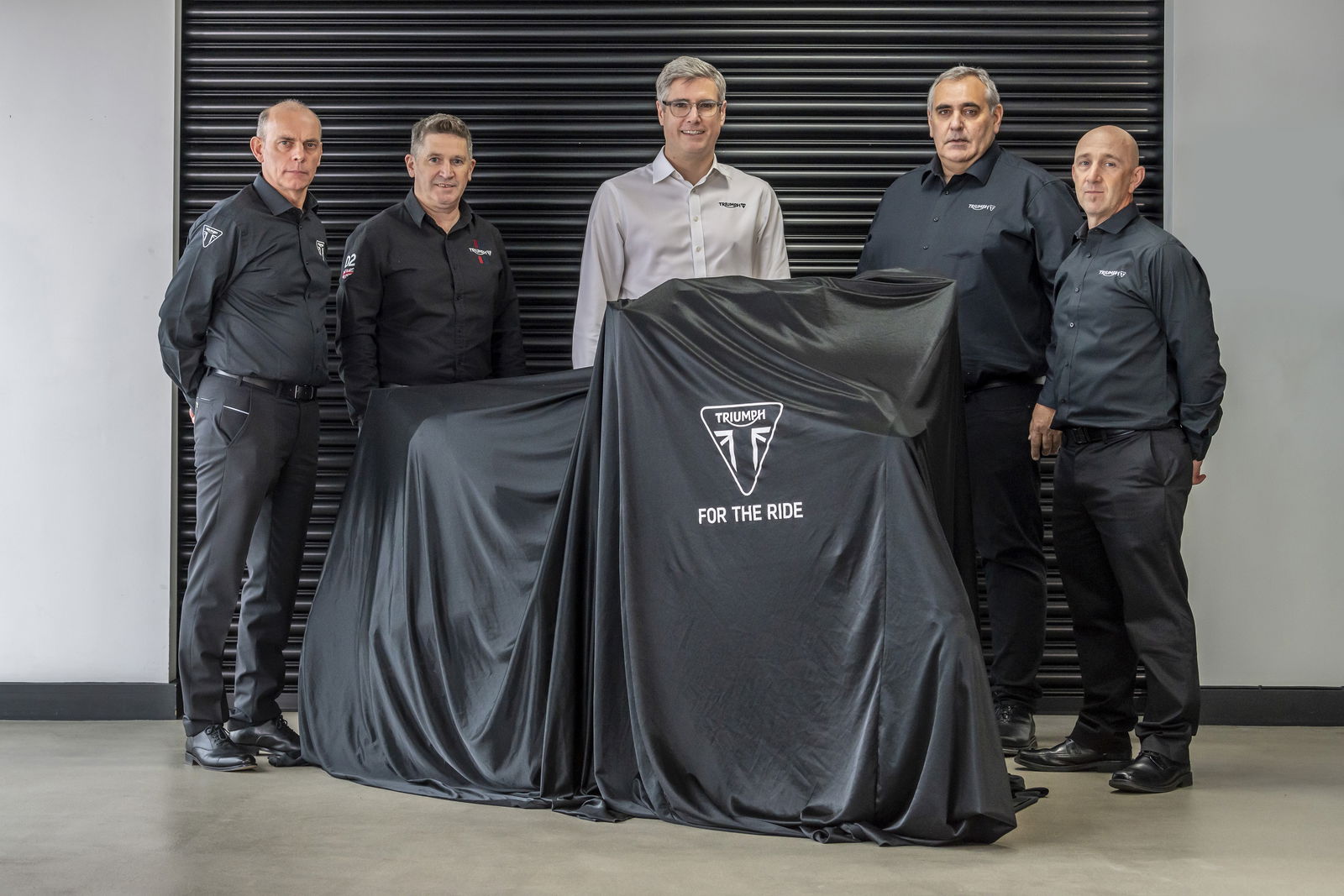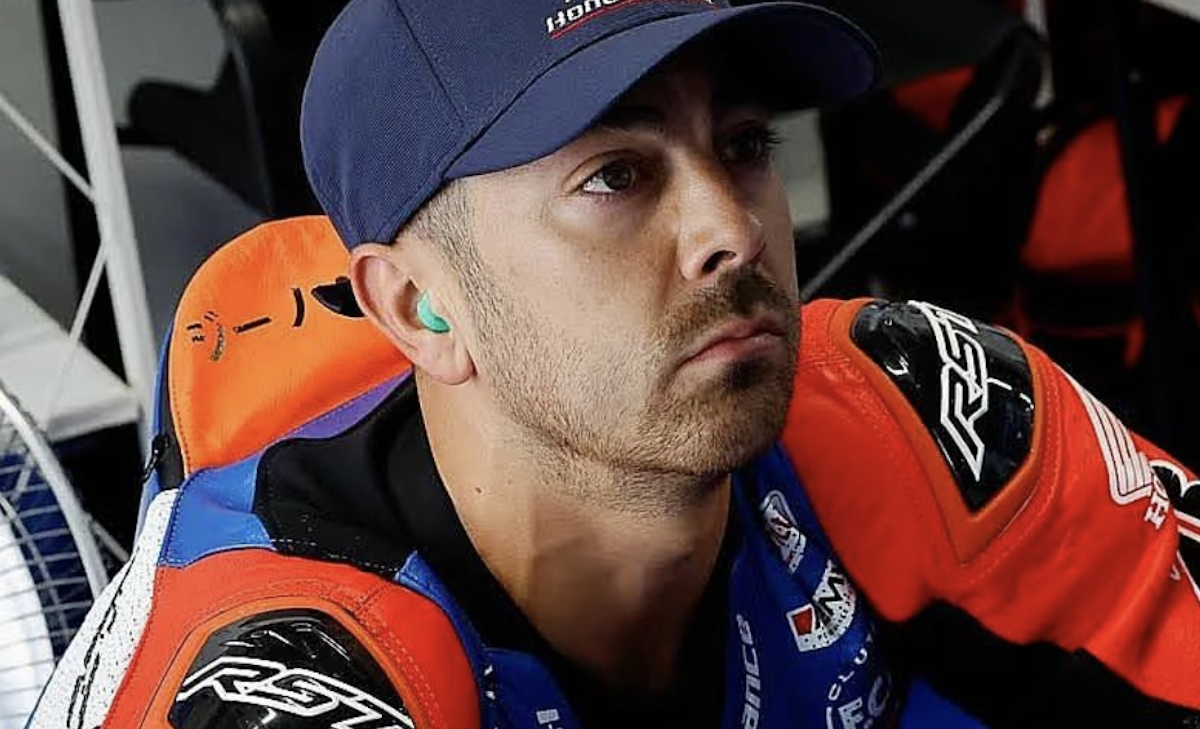Cardiff the first stop on Supercross' global expansion
The new World Supercross Championship format gets underway this weekend with big names, big ambitions, and big barriers to people trying to watch it.

This weekend, the World Supercross Championship finally kicks off in Cardiff, for the inaugural round of the series in its new format.
If you go to the World Supercross (WSX) website, you will see that Cooper Webb is the reigning champion in the premier class. Except, he is not. He won the 2021 AMA Supercross FIM World Championship, but that was a totally different thing to what is happening in Cardiff this weekend.
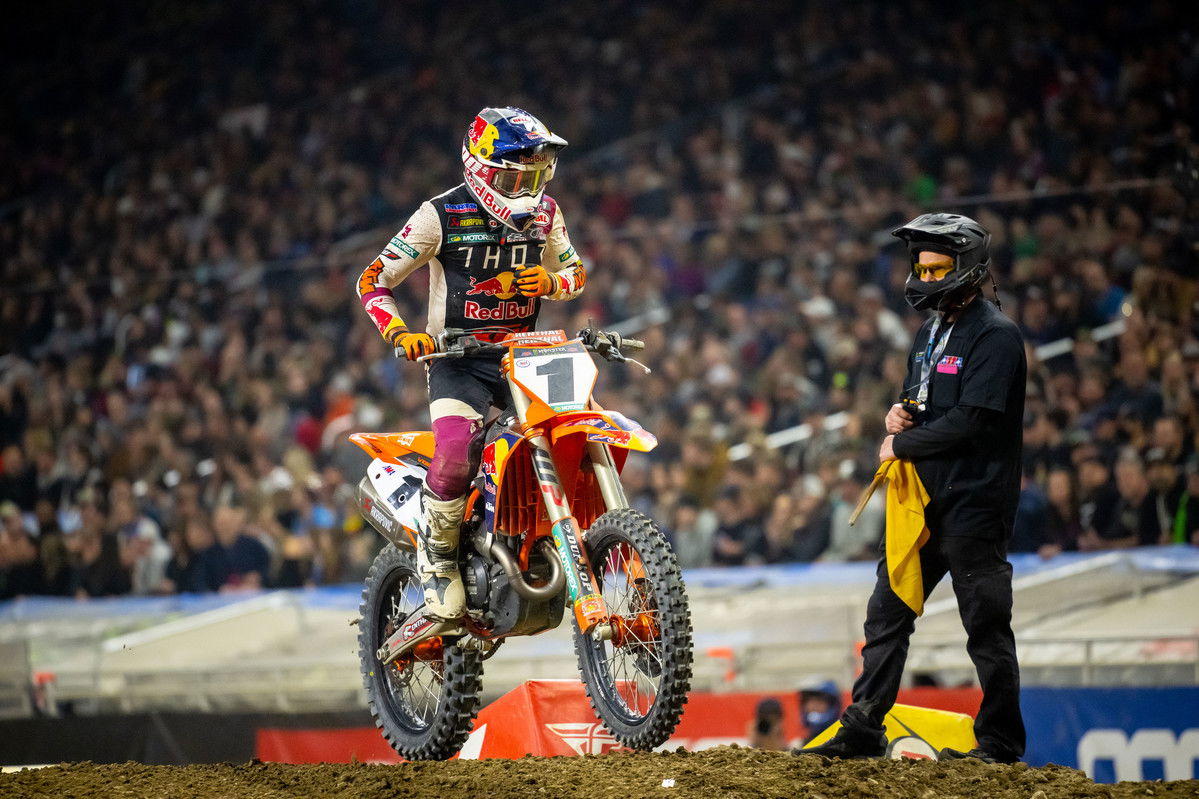
Supercross has existed almost exclusively in the US for the vast majority of its history, and a tie-in with the FIM granted the US series World Championship status. So, strictly speaking, Cooper Webb is the reigning World Supercross Champion, because he won the 450SX title in America in 2021. But, the split between the AMA and FIM leaves us with two series now.
The new series is seen as a direct opposition to the AMA series by its promoters, Feld Entertainment. WSX’s promoters, SX Global, are clear that they want to have the best riders in the world.
“First and foremost, [...] we wanted to bring the best riders in the world here to the UK to give them the opportunity to see them,” said Adam Bailey, Managing Director of SX Global.
Certainly, for the 2022 season, they have achieved this, at least to some degree.
.jpg?width=1600)
Eli Tomac will be on the gate in Cardiff this Saturday, after winning in 2022 the 450SX title in AMA Supercross, the 450MX title in AMA Pro Motocross, and the Motocross of Nations with Team USA.
Similarly, although with more controversy, Ken Roczen will be in Cardiff, but unlike Tomac who seems to not be heading to Melbourne for the second round, Roczen will continue to contest the Australian Grand Prix. Roczen struggled with his health and with confidence on the motorcycle in 2022, but won the 450SX season opener in Anaheim in January. He also won the Thunder Valley Pro Motocross race early in the summer. Roczen has been consistently one of the top three-to-five supercross riders in the world for the past eight years, at this point, so getting him on the gate is definitely a win for SX Global.
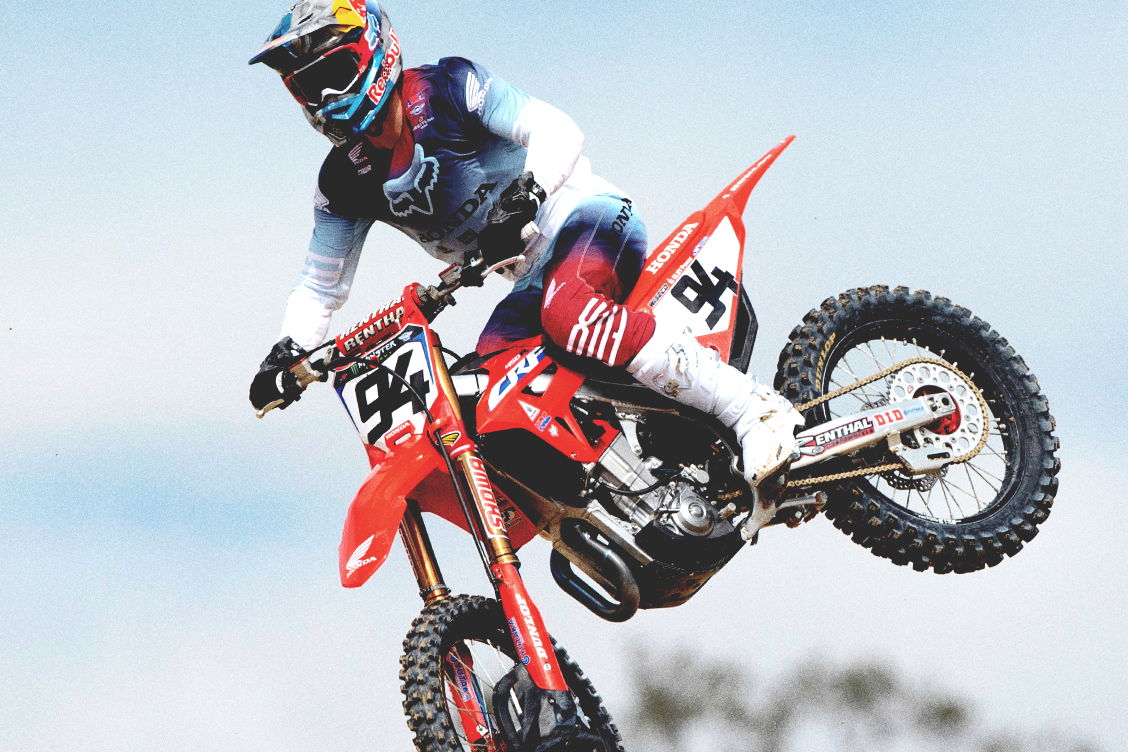
Other big names include Justin Brayton - winner of the 2018 Daytona Supercross - long-time US factory rider Dean Wilson; Grand Prix winner Max Anstie; and two-time AMA Supercross premier class champion Chad Reed.
But, it is Reed who points to the reality of the series in 2022. It is a ‘pilot season’, as SX Global continue to refer to it. The reality is the tender from the FIM to promote the World Championship only became available early this year, and so putting something at all together in the limited time they have had is in itself quite impressive. The issue is the ‘World Championship’ tag, which is difficult to stand by when there are only two races, and guys like Reed are coming - seemingly temporarily - out of retirement to race it.
But, it is not a problem for 2022. The use of the term ‘pilot season’ is an important one. Although they might have done well to emphasise it more, that might have devalued its ‘World Championship’ status further, so it has been a difficult balance.
In comparison to the AMA series, there are many things which the World Championship will do differently. Compared to the AMA, where anyone with a professional licence can turn up and try to qualify, in the World Championship all the teams are franchised, like in F1 or MotoGP. The teams buy into the series, and benefit directly as a result.
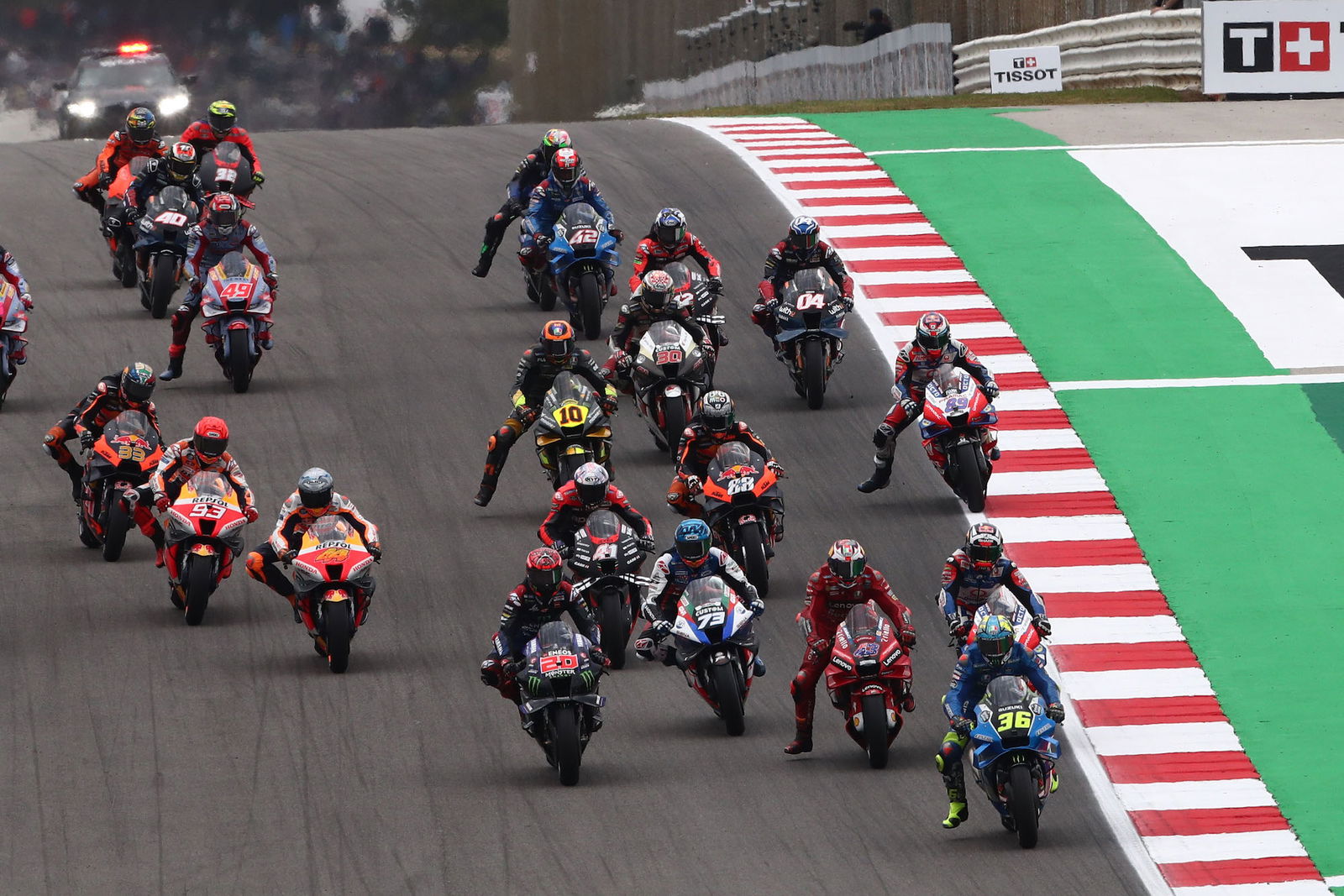
“The number one reason why we created that franchise model is because it’s proven to be successful in other motorsport categories, like Formula One, MotoGP, NASCAR, IndyCar- they’re hugely successful,” Bailey said.
He continued: “[Also,] V8 Supercars in Australia, that our president Tony Cochrane created- by creating a model like that [franchise model] it means that the teams that participate have a commercial value, and that was something that was really key for their longevity, and for them to be actually commercially successful businesses in their own right is to give them something that has some level of exclusivity.”
That does not mean that they see the traditional way of racing motocross - where essentially anyone can turn up and race if they’re fast enough to qualify - is wrong. They’re argument is that it should not be like that in the World Championship, where it should be the ‘best of the best’.

If they are successful in this, it will surely create conversations in MXGP, where Infront Moto Racing’s attempts to follow a traditional route often leads to diminished gate numbers.
Easily, though, the biggest and most obvious difference between the World Championship and AMA series is that the former will visit multiple countries and multiple continents, even in its ‘pilot season’, whereas the AMA series is limited to the US, or certainly North America.
“Our goal for the World Supercross Championship was to take it globally,” Adam Bailey said. “Obviously, for the first time that’s the number one thing.”
There will only be two races in 2022 - the British Grand Prix in Cardiff and the Australian Grand Prix in Melbourne - but by 2023 that is hoped to expand.

Bailey said: “I think next year, around 8-10 rounds, and potentially 12- I think that would be ideal for us. Then, we’ll determine how much further we grow depending on the demand from the riders and teams, because we need them to be sustainable and able to handle the growth of it.
“Also, just from the industry and the fans - that’s what it comes down to, really- if the fans want us, we want to go there, and that’s really what it will come down to.”
While visiting multiple countries is an obviously positive thing, it does create logistical problems. This includes TV deals. If you want to race in a country, the people living in that country should be able to watch the race that will be held there, as well as the other races in that series. It has only been this week that the viewing options for WSX have been confirmed.
Globally, there will be a streaming service called “WSX TV” where the races will be broadcast. $50 USD will get you access to the two-race pilot season, as well as to the first full season in 2023. However, this is not available in the US or UK.

The US is important, because it is the largest market for dirt bikes and the birthplace of supercross, the home of supercross. There, viewers will be able to watch the races delayed only on Fox Sports 1. In the US, live coverage is unavailable online or on normal TV.
In the UK, the races can be watched live, but exclusively on BT Sport. On which BT Sport channel? BT Sport 7. Did you even know there were seven BT Sport channels?
UK fans won't be able to watch WSX online at all, only on TV with BT Sport. USA viewers can't watch WSX live online, but a replay will be up twenty-four hours after the race (live on FS1 though). Interesting.
— Lewis Phillips (@LewisPhillips71) October 4, 2022
Being exclusive to BT Sport works if the race is on BT Sport 1 or 2, and is on after a Premier League football match or something like that, but hidden away on BT Sport 7 seems self-defeating.
On the other hand, being on BT Sport 7 would not be so bad if the core audience they are trying to attract - or maybe counting on to some degree - of UK dirt bike and dirt bike racing fans also had another option to watch the race. This is because BT Sport is only available, at the time of writing, as part of a TV contract, or as a £25/month subscription for online streaming.
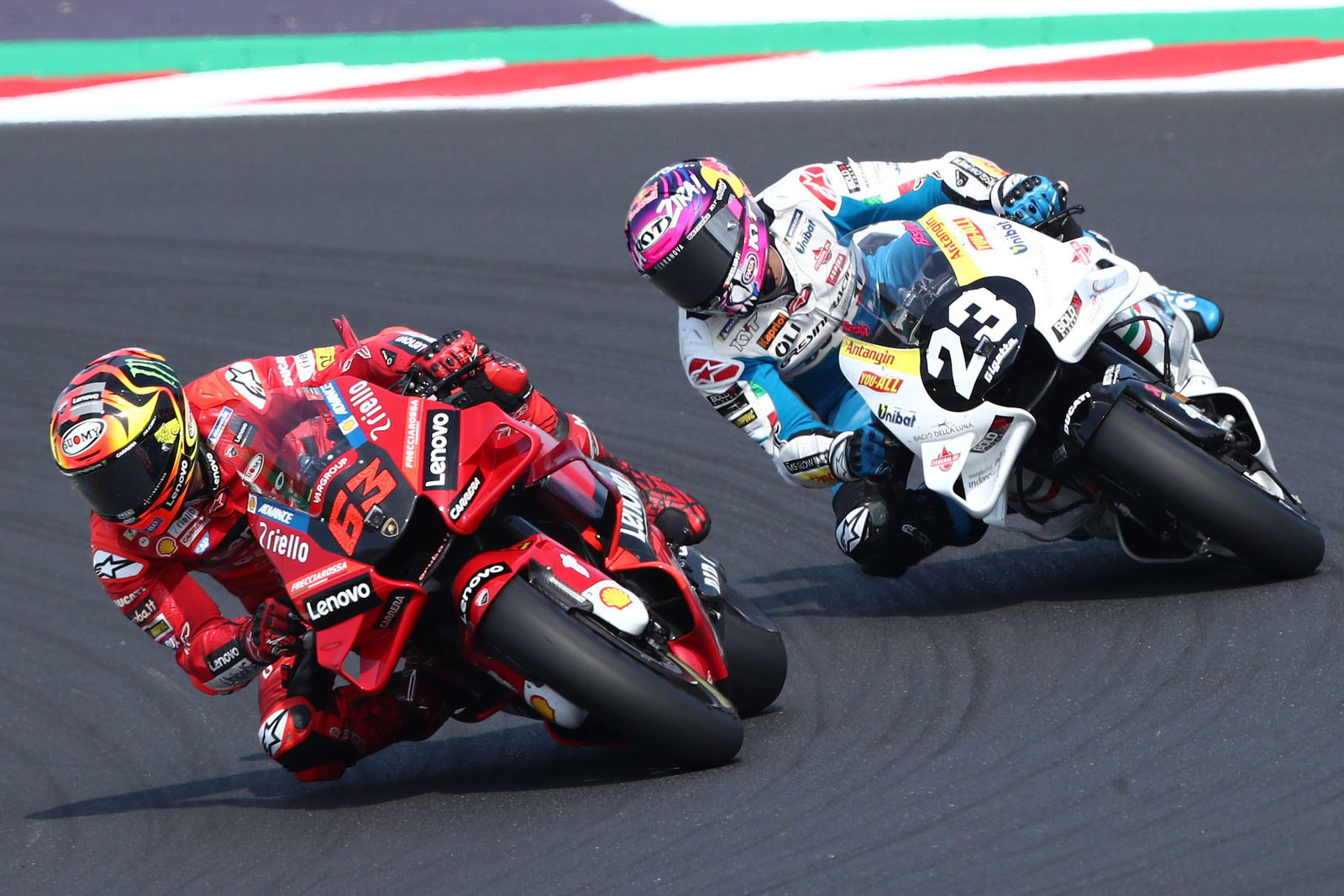
£25 per month for two races seems a lot, especially (and this is where the ‘pilot season’ thing falls down) for a ‘pilot season’. Sure, you get to watch MotoGP, World Rally, and a bunch of football (et cetera), too, but not everyone wants that. Some people want to watch World Supercross, and only World Supercross. There should be something more affordable for those people.
Adam Bailey said, regarding how they decided where they wanted to take WSX, that “what we did initially was to start researching areas around the world that have supercross fans already, that there’ll be a hunger for supercross, and the UK was ranked really highly amongst our research first and foremost.”
Surely, if that is the case, then the viewing figures for TV and livestreams in a country like the UK, where there is already a base supercross audience, are important in terms of forecasting the growth of the series. But, how do you show to your backers that people are or are not interested in a certain region if there is a fundamental block to many of those people being able to watch the race?
